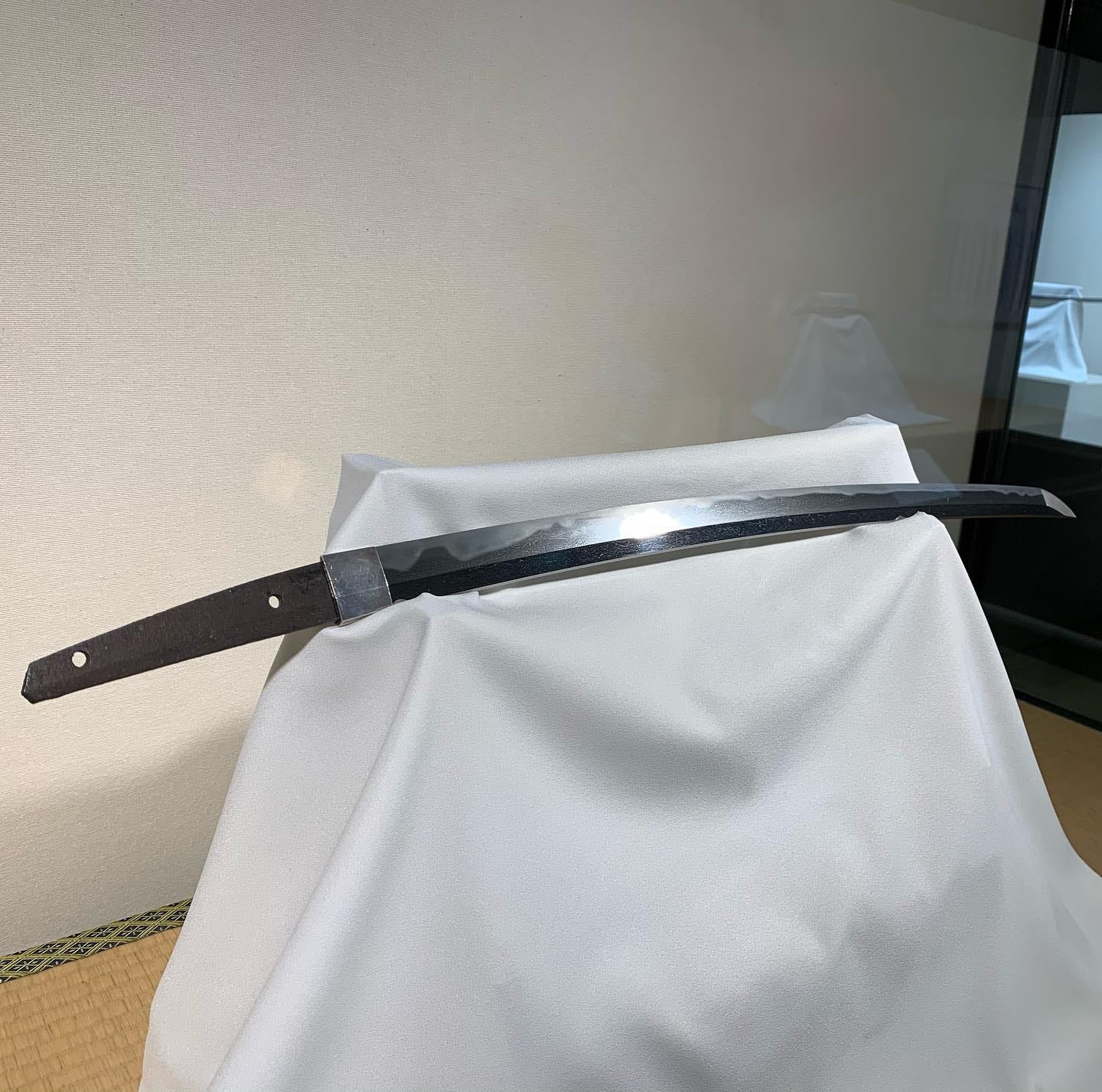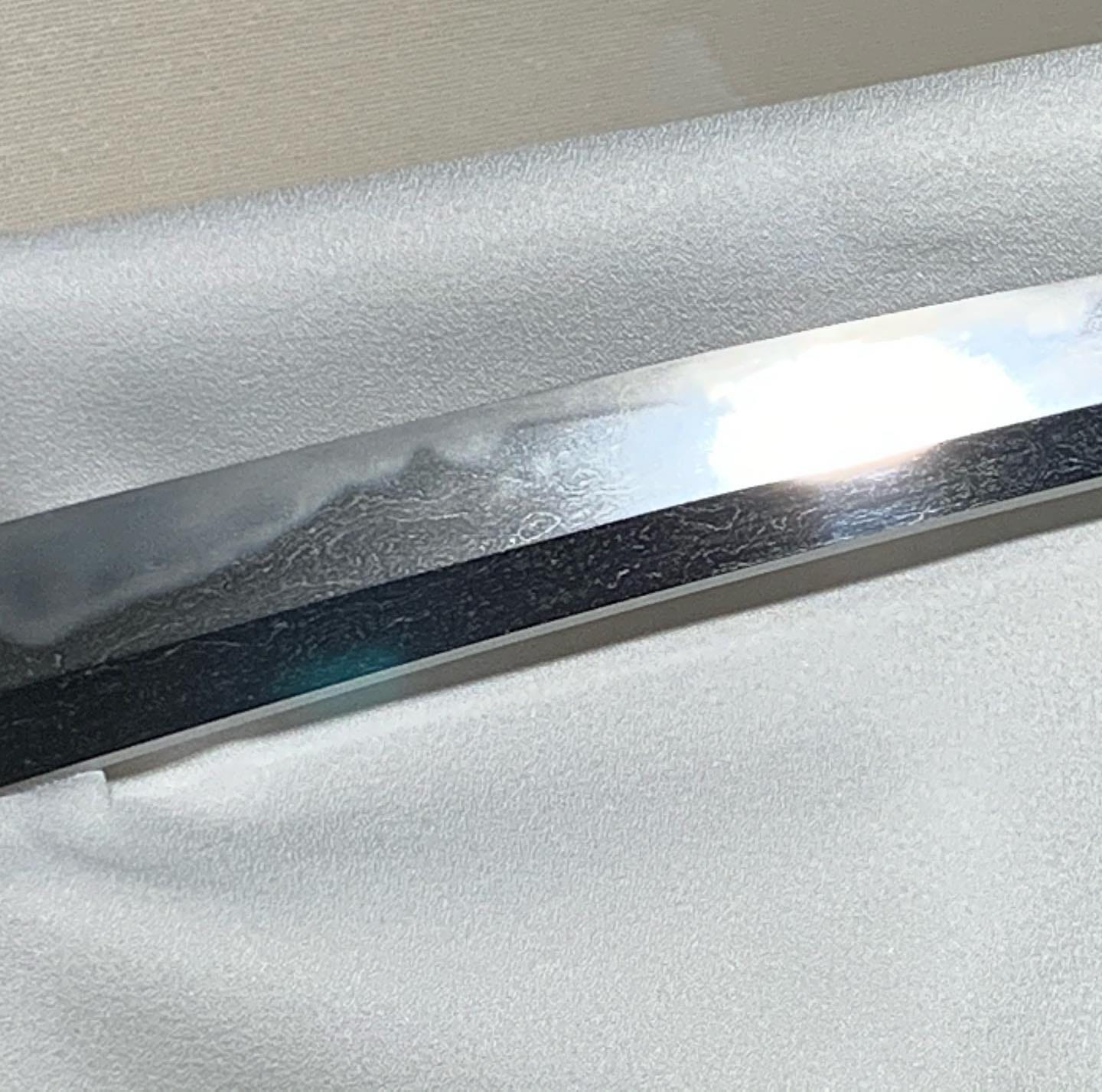Azamaru, the Cursed Wakizashi
One of the oldest, most celebrated but relatively obscure cursed sword stories is that of the blade known as Azamaru!
There have long been stories of cursed blades among the armories of the samurai. One of the oldest, and most celebrated within samurai culture, but nonetheless relatively obscure stories is that of the blade known as Azamaru.
Atsuta Shrine in Nagoya is famous for its collection of swords. Atsuta Shrine was originally established to enshrine one of the three imperial regalia, the legendary sword Kusanagi Tsurugi. Since then, many famous swords have been donated and deposited at the sacred shrine. The Atsuta Shrine Treasure Hall houses more than 1,000 sword artifacts, including 174 important cultural properties and a dagger designated as a National Treasure of Japan. Among the hundreds of swords at Atsuta Shrine is a short sword called Azamaru, which was designated as an Aichi Prefectural Cultural Property in 1980 and is still kept at Atsuta Shrine. Azamaru is a wakizashi about 54.7cm long and while its maker is unknown, it was forged between the late Heian (794 –1185) and the Kamakura (1185–1333) periods.
According to most stories, this sword was first owned by Taira no Kagekiyo (also known as Fujiwara no Kagekiyo, who died circa 1196). Kagekiyo is said to have had a bruise-like birthmark on his face, and the story goes that when he either saw the reflection of the birthmark in the sword, or pressed his face against the flat of the blade, the bruise-like birthmark disappeared only to be absorbed by the weapon. The stories tell that a bruise like mark then appeared near the hilt of the sword at the time Kagekiyo's bruise disappeared, and this mark could not be removed even with repeated polishing. Therefore, the blade was named Aza-Maru, the Round Bruise Sword.
After Taira no Kagekiyo and his clan were defeated by the rival Minamoto clan in the Battle of Dan-no-ura in 1185, he fled to the Nagoya area and lived near Atsuta Shrine, and married a daughter of the Great Shrine’s Head priest. The story goes that he later suffered from an eye disease. Kagekiyo believed that Azamaru had spiritual power and so he dedicated it to Atsuta Shrine.
Hundreds of years later, Suemitsu Senshu (?? – 1547) was the chief priest of Atsuta Shrine during the Sengoku period, and also served as a samurai to Oda Nobunaga's father, Oda Hidenobu. It is written in the Shincho Koki, the Chronicles of Lord Nobunaga, penned by Nobunaga’s close vassal, archery instructor and scribe, Ota Gyuichi, that when Oda Nobuhide went to battle with Saito Dosan in the 1547 Battle of Kanoguchi, Senshu took the wakizashi Azamaru from the Atsuta Shrine armoury and carried it with him into action. Senshu was killed in the violent battle, and the wakizashi he carried then passed into the hands of Kageyama Kamonosuke, a samurai of Mino and a vassal of Saito Dosan.
During the siege of Oda allied Ogaki Castle in 1547, Kageyama was sitting in his command post overlooking Ogaki, with his wakizashi at his side, when an arrow fired from the castle hit him in the left eye. Roaring in pain, he grabbed the arrow and pulled it out. As soon as he’d done so, another arrow hit him in the right eye, rendering him blind.
Some years later, the wakizashi Azamaru became the property of Oda Nobunaga's closest and most trusted vassal, Niwa Nagahide. Not long after receiving that wakizashi, Nagahide Niwa too began suffering from an eye infection. When Niwa Nagahide learned of wakizashi's past, he returned the short sword to the Atsuta Shrine, and the condition of his eyes immediately improved.
The story of the wakizashi Azamaru became so famous that it appeared in Noh and Kabuki plays, and even Joruri recitals. The supposedly cursed sword is still kept at Atsuta Shrine, but it is rarely displayed.
Was it just a coincidence that people who owned Azamaru suffered from eye problems or were killed while carrying it? Did the dangers of war during the Sengoku period and the poor sanitary conditions of the time influence the story? Or is Azamaru really a cursed weapon?







Thank you. One more reason to return to Nagoya!
Ok the sword guy in me wants to know; wakizashi we’re not common in the late Heian/Early Kamakura so is this blade osuriage mumei? Do they really have no idea who made it? Has no one even guessed at the area it might have been made? Is there anywhere we can ask these questions?